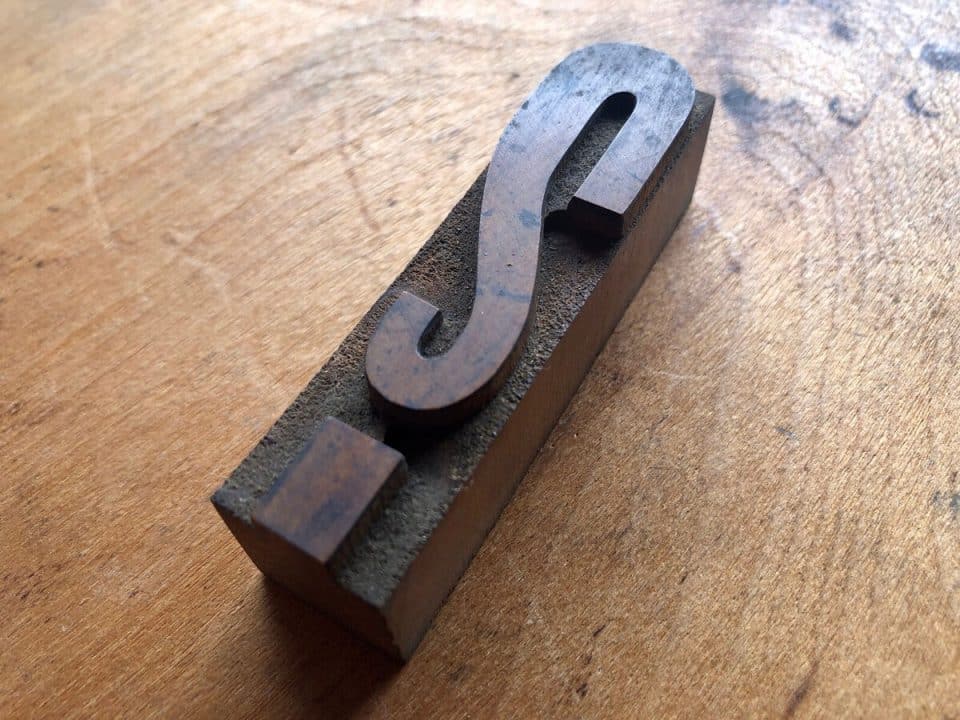Question Marks
The question mark (?; also known as an interrogation point, interrogation mark, question point, query or eroteme), is a punctuation mark that replaces the full stop (period) at the end of an interrogative sentence in English and many other languages. The question mark is not used for indirect questions. It is also often used in place of missing or unknown data.
??????????????
Origin and Evolution
Long ago when scholars wrote in Latin, they would place the word questio – meaning “question” at the end of a sentence to indicate a query. Soon questio was shortened to qo to save space when writing, but this caused a different problem – readers might mistake it for the ending of a word. So they squashed the letters into a symbol (a lowercased q on top of an o). Over time the o became just a dot and the q changed into a squiggle, giving us our current question mark.

Interrobangs
* Try not to use question marks with other marks. It is considered bad to use a question mark in combination with other marks. In Japan, you may see this type of usage in manga books. Especially when translated from Japanese into English → !?
Question marks can be used with other marks in informal prose to convey complex tones though: He told you what!? This combination (or similar combination) of punctuation marks is sometimes called an interrobang. The interrobang currently has no role in academic prose though.

Trivia
One of the earliest examples of text using a form of punctuation resembling a question mark is found in the work of the Roman playwright Plautus, who lived in the 3rd to 2nd centuries BCE. However, Plautus used a punctuation mark called the “interpunct” (·), which served various purposes including denoting the end of sentences and separating clauses, rather than specifically indicating questions.
The modern form of the question mark (?) emerged much later, likely during the Middle Ages in Europe. One of the oldest surviving books that may contain the modern question mark is “The Consolation of Philosophy” by Boethius, written around the early 6th century CE. However, the punctuation marks used were different from those we use today and their interpretation is subject to debate.

Rules for Usage
Guidelines for using question marks include:
Rule 1.
Use a question mark only after a direct question.
Correct: Will Akiko go with me?
Incorrect: I’m asking if Akiko will go with me?
Rule 2a.
A question mark replaces a period at the end of a sentence.
Incorrect: Will you go with me?.
Rule 2b.
Because of Rule 2a, capitalize the word that follows a question mark.
Some writers choose to overlook this rule in special cases.
Example: Will you go with me? with Joe? with anyone?
Rule 3a.
Avoid the common trap of using question marks with indirect questions, which are statements that contain questions. Use a period after an indirect question instead.
Incorrect: I wonder if Glen would go with me?
Correct:
I wonder if Glen would go with me.
OR
I wonder: Would Glen go with me?
Rule 3b.
Some sentences are statements—or demands—in the form of a question. They are called rhetorical questions because they don’t require or expect an answer. Many should be written without question marks.
Examples:
Why don’t you take a day off.
Would you kids knock it off.
What wouldn’t I do for you!
Rule 4.
Use a question mark when a sentence is half statement and half question (tag questions).
Example: You do drink, don’t you?
Rule 5a.
The placement of question marks with quotation marks follows logic. If a question is within the quoted material, a question mark should be placed inside the quotation marks.
Examples:
She asked, “Will it still be my turn?”
The question Will it still be my turn? is part of the quotation.
Do you agree with the saying, “All’s fair in love and war”?
The question Do you agree with the saying? is outside the quotation.
Rule 5b.
If a quoted question ends in mid sentence, the question mark replaces a comma.
Example: “Will it still be my turn?” she asked.
Scrabble and Other Uses
In addition to its linguistic role, the question mark is used in games like Scrabble. You can use it as a blank tile in Scrabble. Blank tiles can stand in to be any letter. If a blank tile is placed on a double-word or triple-word square, it causes the corresponding scoring to be applied to the word or words that are created as a result.
The ? Block (also known as a Mystery Block, Prize Block, or Question Block) is a type of block in the Mario franchise. Since its first appearance in Super Mario Bros., ? Blocks have become one of the most common Blocks in the series, along with regular Brick Blocks.

Conclusion
The question mark, with its rich history and diverse applications, remains a fundamental element of written communication. From ancient scholarly discourse to contemporary digital dialogue, its presence adds nuance and clarity to the exchange of ideas.
